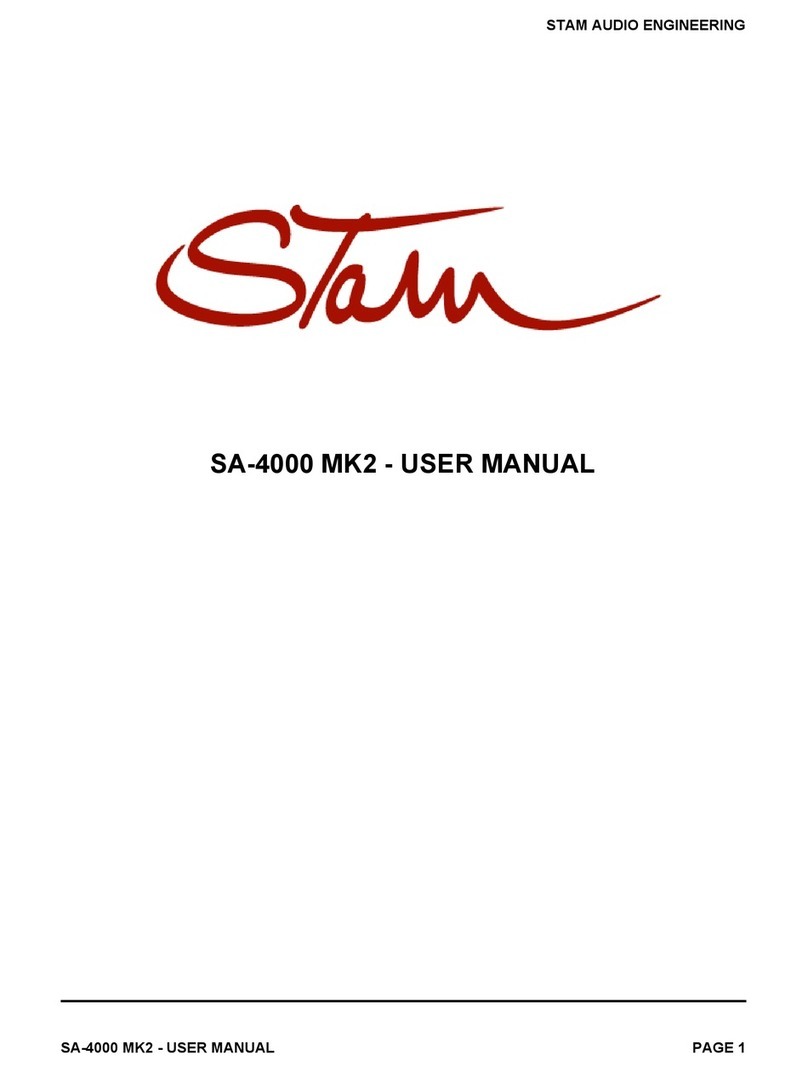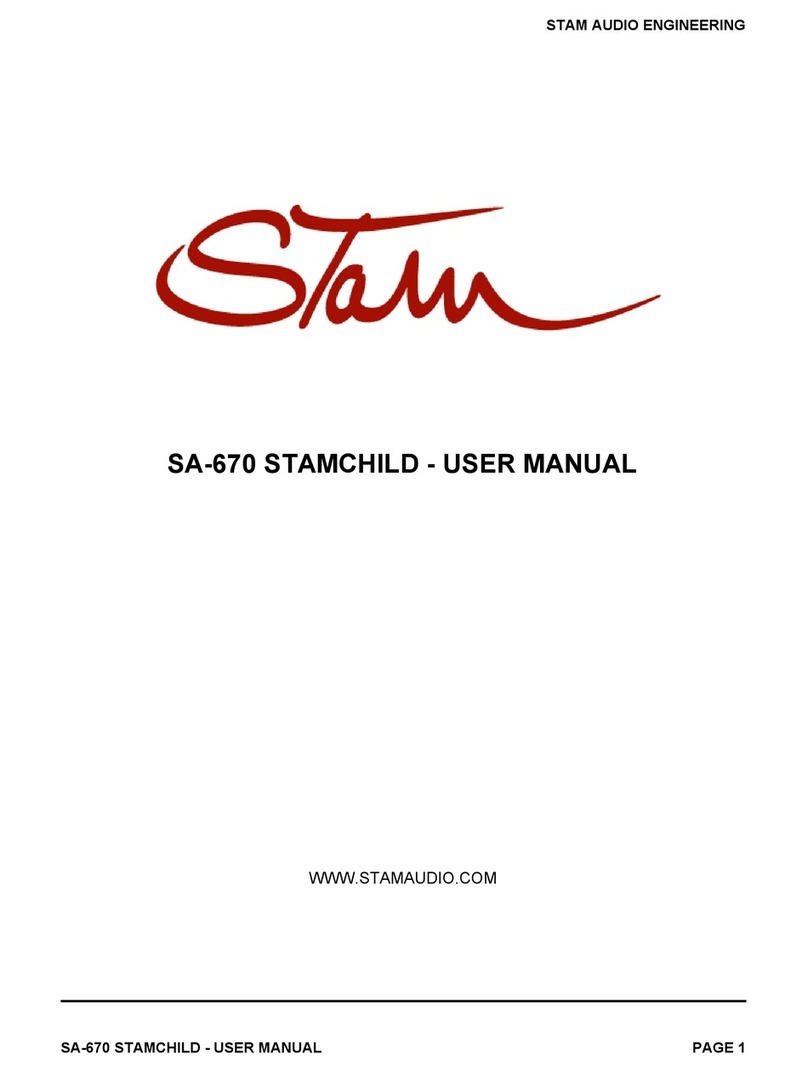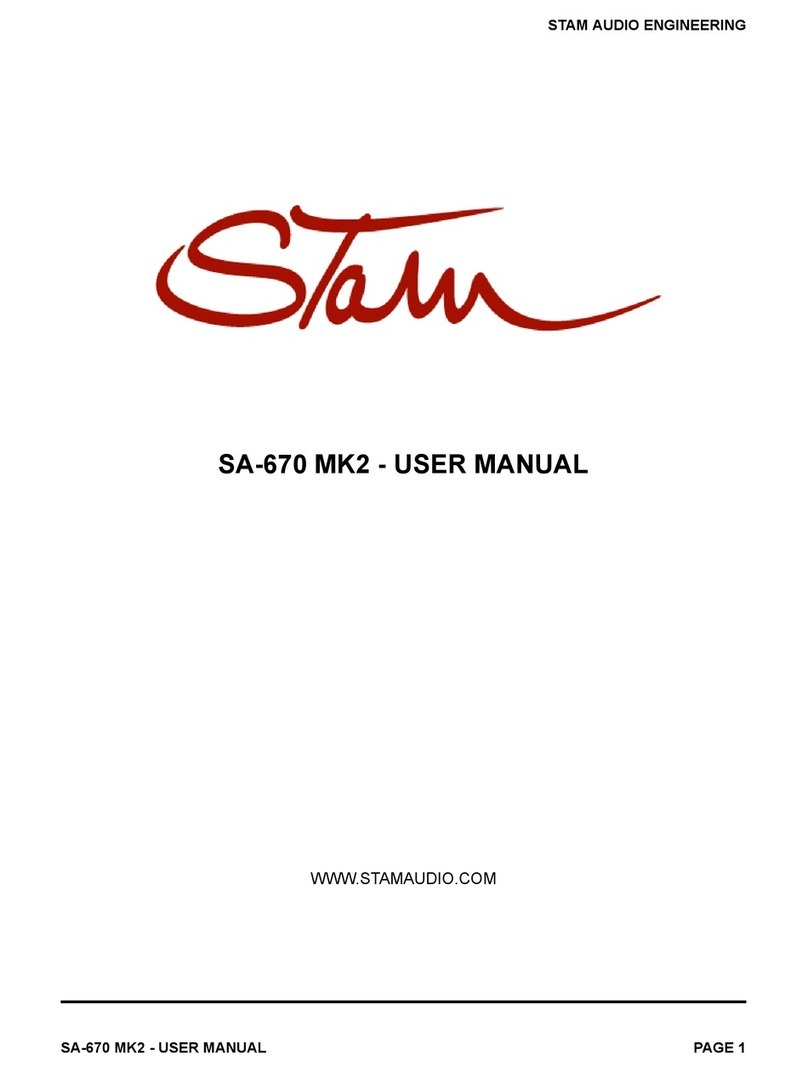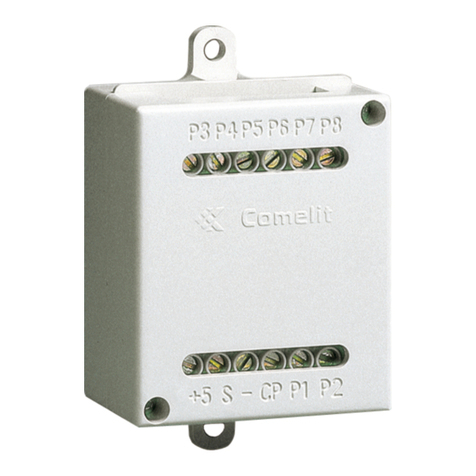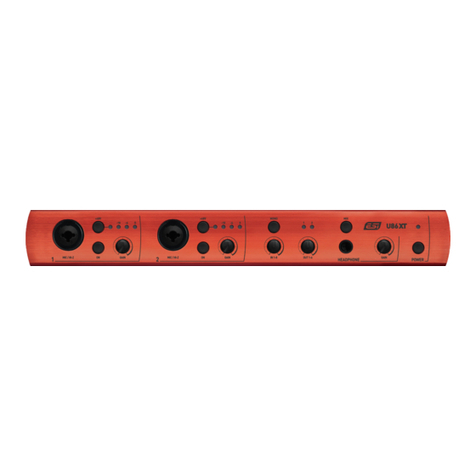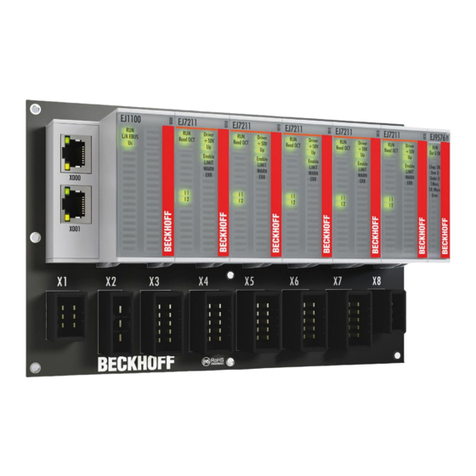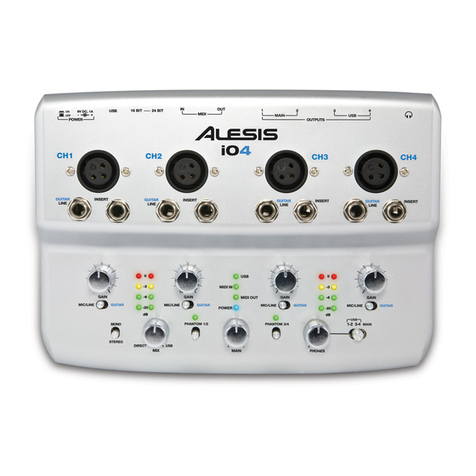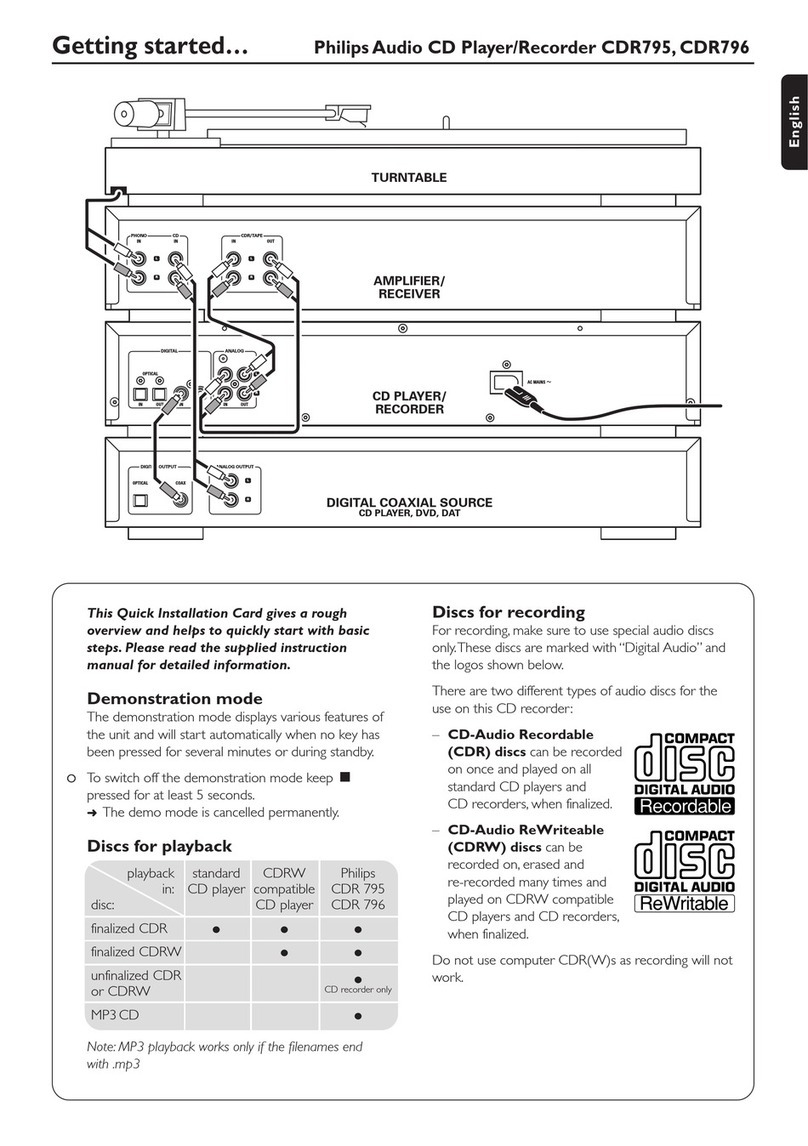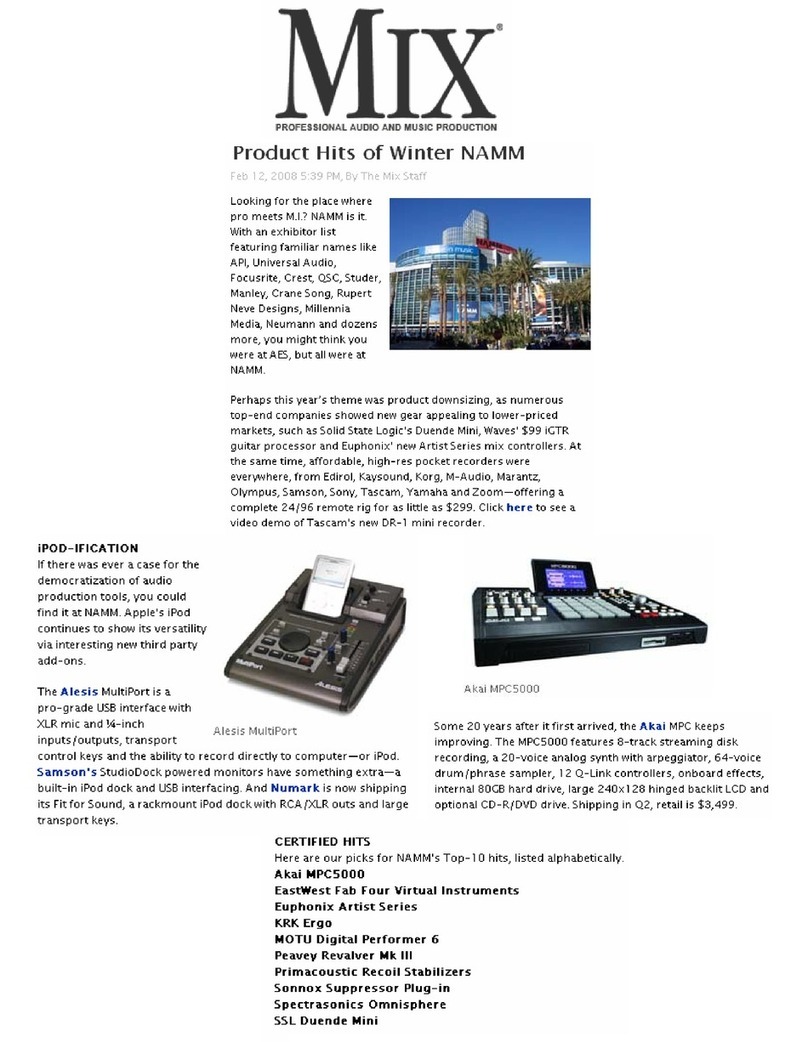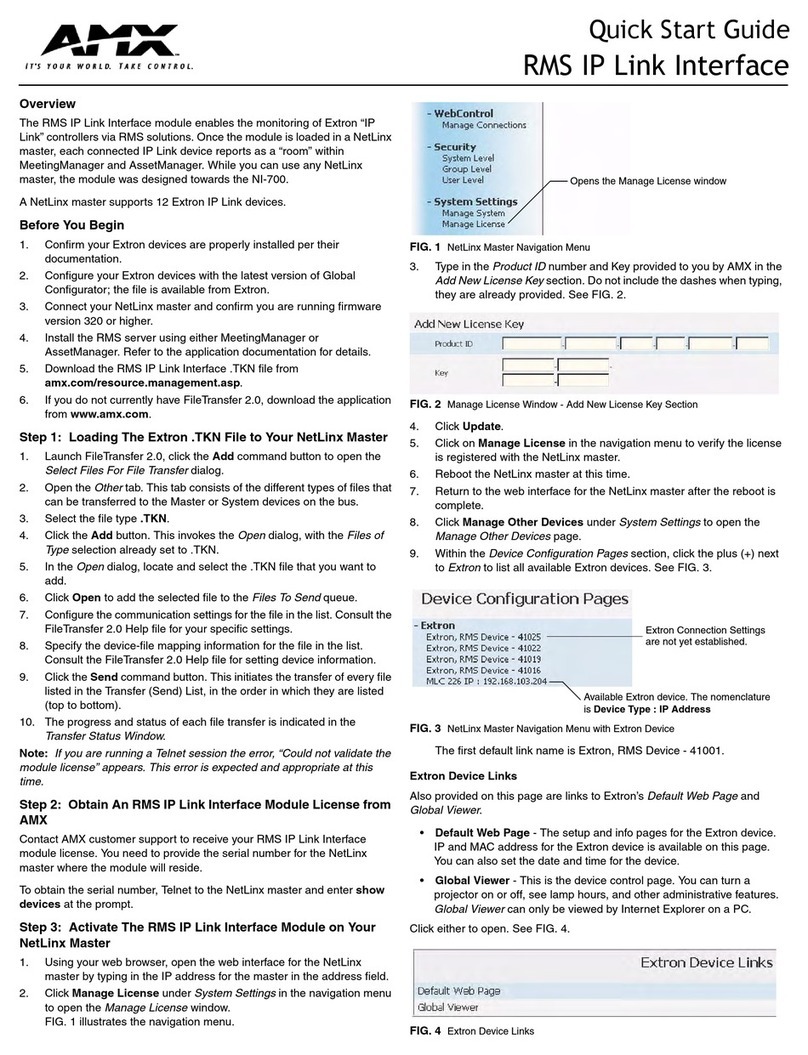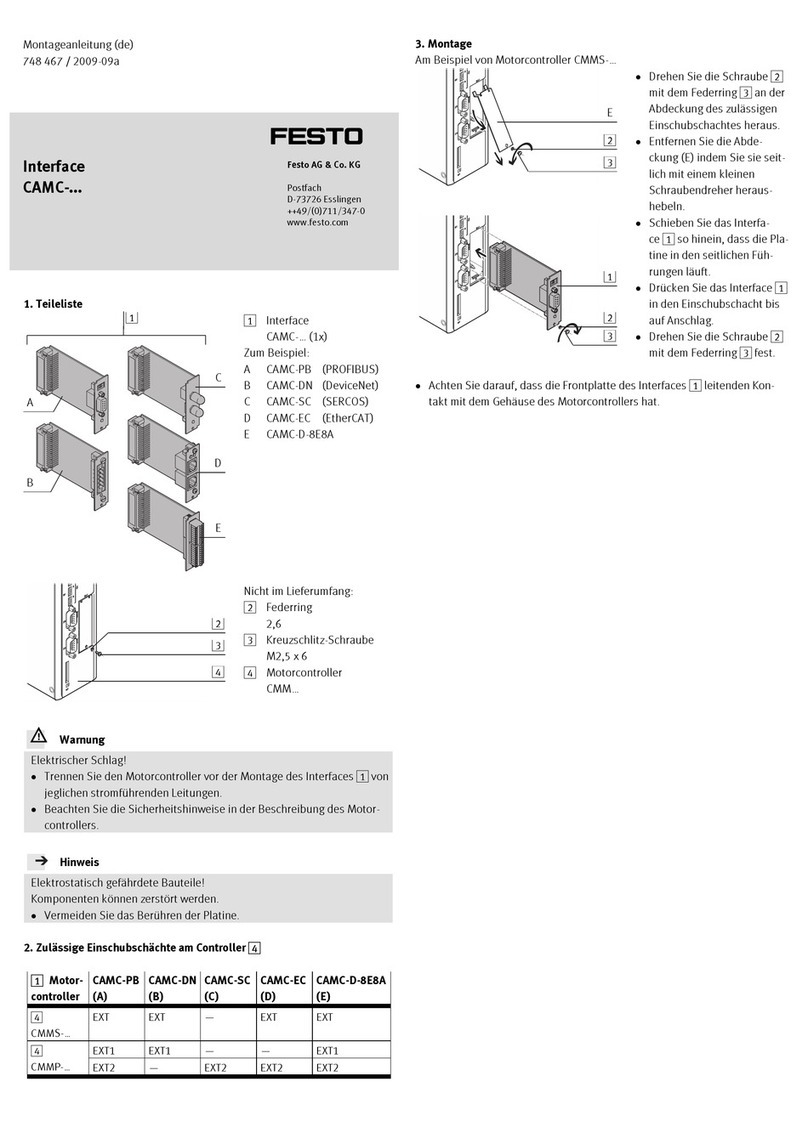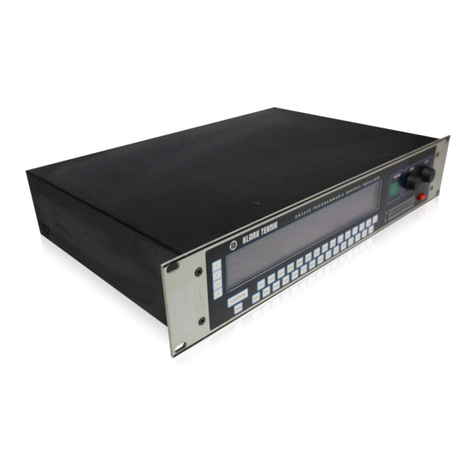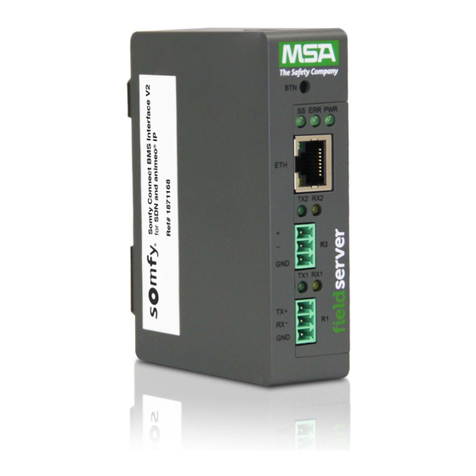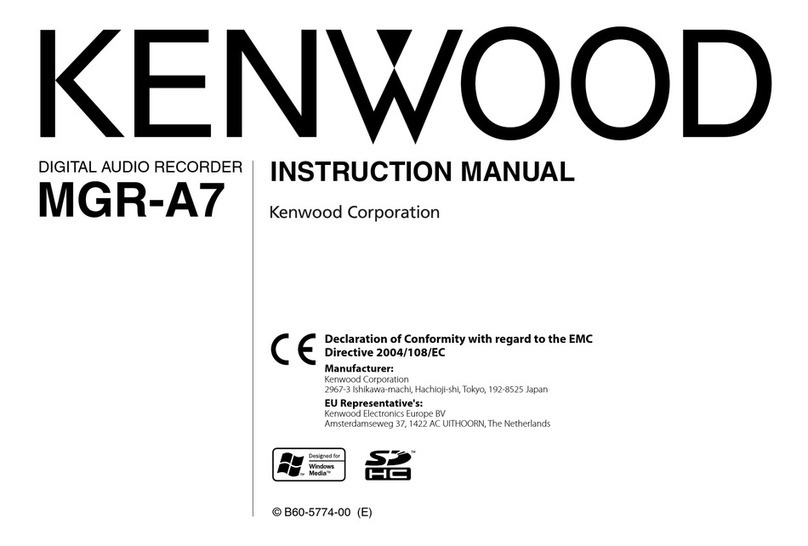Stam Audio SA-76 ADG User manual

STAM AUDIO ENGINEERING
SA-76 ADG - USER MANUAL
WWW.STAMAUDIO.COM
SA-76 ADG - USER MANUAL PAGE 1

STAM AUDIO ENGINEERING
IMPORTANT SAFETY INSTRUCTIONS
The lightning flash with the arrowhead symbol, within an equilateral triangle, is to alert the user
to the presence of non insulated dangerous voltage within the products enclosure that may be
of sufficient magnitude to constitute a risk of electric shock to humans.
The exclamation point within an equilateral triangle is intended to alert the users to the presence
of important operating and maintenance.
All the following safety and operating instructions should be read before operating the unit.
Caution to reduce the risk of electric shock
● Do not remove the top cover (or the rear section). No user serviceable parts
inside. Refer servicing to qualified personnel.
Caution to reduce the risk of fire or electric shock
● Do not expose the equipment to rain and moisture.
● The equipment shall not be exposed to dripping or splashing liquids and no
objects filled with liquids shall be placed on the equipment.
● To reduce the risk of electric shock do not perform any servicing other than that
contained in the operation instructions.
● Repairs have to be performed by qualified service personnel.
● Read these instructions.
● Keep these instructions.
● Heed all warnings.
● Follow all instructions.
● Do not use this equipment near water.
● Clean only with dry cloth.
● Do not block any ventilation openings.
● Install in accordance with the manufacturer’s instructions.
● Do not install near any heat sources
SA-76 ADG - USER MANUAL PAGE 2

STAM AUDIO ENGINEERING
● Do not defeat the safety purpose of the polarized or grounding-type plug. A
polarized plug has two blades with one wider than the other. A grounding-type
plug has two blades and a third grounding prong. The wide blade or the third
prong are provided for your safety. If the provided plug does not fit into your
outlet, consult an electrician for replacement of the obsolete outlet.
● Protect the power cord from being walked on or pinched particularly at plugs,
convenience receptacles, and the point where they exit from the equipment.
● Use only attachments/accessories specified by the manufacturer.
● Unplug this equipment during lightning storms or when unused for long periods of
time.
● Refer all servicing to qualified service personnel. Servicing is required when the
equipment has been damaged in any way, such as power supply cord or plug is
damaged, liquid has been spilled or objects have fallen into the equipment, the
equipment has been exposed to rain or moisture, does not operate normally, or
has been dropped.
● The equipment shall be connected to a MAINS socket outlet with a protective
earthing connection.
● Correct disposal of this product: This product must not be disposed of with
household waste, according to the WEEE Directive (2012/19/EU) and your
national law. This product should be taken to a collection center licensed for the
recycling of waste electrical and electronic equipment (EEE). The mishandling of
this type of waste could have a possible negative impact on the environment and
human health due to potentially hazardous substances that are generally
associated with EEE. At the same time, your cooperation in the correct disposal
of this product will contribute to the efficient use of natural resources. For more
information about where you can take your waste equipment for recycling, please
contact your local city office, or your household waste collection service.
● Do not install in a confined space.
● Do not place naked flame sources, such as lighted candles, on the equipment.
20. Please keep the environmental aspects of battery disposal in mind. Batteries
must be disposed-of at a battery collection point. 21. Use this equipment in
tropical and/or moderate climates.
● Stam Audio accepts no liability for any loss which may be suffered by any person
who relies either wholly or in part upon any description, photograph, or statement
contained herein. Technical specifications, appearances and other information
are subject to change without notice.
SA-76 ADG - USER MANUAL PAGE 3

STAM AUDIO ENGINEERING
1.0 INTRODUCTION
The Stam Audio SA-76ADG is an exact replica of the 3 most revered revisions of the UREI
1176 FET compressor.
Do you love the aggressive mid-range and coloration of the 1176 blue face, the subtle character
and versatility of revision D on vocals and bass and love the gentle and transparent properties
of revision G on acoustic guitar and stringed instruments? Then the Stam Audio SA-76ADG is
the ideal compressor for you.
As we were already planning to do a 1176 model of each famous revision , it occurred to us,
why make just one if we could deliver all 3 versions to our clients, at the same price a single
unit? Mechanically and component-wise the cost was marginally higher and we could use both
the 0-12 and 50002 transformers for the A and D sections as used on the original units and
bypass the transformers for revision G like the original.
There were 2 challenges to be overcome. First, each revision had to sound 100% identical to
the original by respecting the original signal path and schematic. Secondly, it had to look like an
original 1176. We removed the +4 and +10 metering options and left the VU meter in standard
Gain Reduction mod, in order to utilize the original switches to select between which revision
you want. With the aid of several relays we have insured that you can switch from one version
to another, seamlessly respecting the original sound.
Each unit comes with a Sowter input transformer O-12 replica and CineMag output transformer,
historically correct capacitors, 1% resistors and the original output transistors, 20N3055 on the
D revision and 2N5055 on the A revision.
SA-76 ADG - USER MANUAL PAGE 4

STAM AUDIO ENGINEERING
1.1 COMPONENTS OVERVIEW
●Sowter 1260 input transformer (O-12 replica)
●CineMag 5002 replica output transformer
●2N3055 and 2N5055 output transistors
●1% resistors
●Matched trio J201 FET
1.2 FEATURES
● 3 Different 1176 revisions in one unit.
● 2:1 ratio as per famous ‘Hot-Rodded’ Anniversary edition
● All-Buttons in ‘British mode’ feature
● 20 µS to 800 µS Attack time
● 50 mS to 1.1 seconds Release time
SA-76 ADG - USER MANUAL PAGE 5

STAM AUDIO ENGINEERING
2.0 CONTROLS
2.1 INPUT
Rev A/D/G Preamplifier input attenuator. Has a lot of influence in the overall sound and
compression behaviour of the unit. Basically it controls the threshold, but the threshold is also
dependent on the ratio selected — the higher the ratio, the higher the threshold. As the input
level is turned up, a corresponding decrease in output level may be required
2.2 OUTPUT
Output stage level. No effect on compression character.
2.3 ATTACK
Set the compression attack time from 20 µS to 800 µS. Fastest position is full CW.
2.4 RELEASE
Set the compression release time from 50 mS to 1.1 S. Fastest position is full CW.
SA-76 ADG - USER MANUAL PAGE 6

STAM AUDIO ENGINEERING
2.5 RATIO
Select your favourite ratios between compression (2:1 , 4:1 , 8:1) and limiting (12:1). Keep in
mind that Threshold increases as Ratio increases.
All-Buttons-In operation (British Mode) is avaliable by pressing all the 4 ratio buttons at the
same time. With increased distortion, plateaued slope and a lag time in response to initial
transients this setting delivers an explosive sound on drum room mics, making an incredible
grungy bass or electric guitar sound, or squeezing a vocal so it sat right in your face.
2.6 MODE
Select your favourite revision between grungy Bluestripe Rev A, versatile Blackface Rev D or
modern Silverface rev G.
3.0 CONNECTIONS
3.1 LINE IN
XLR / TRS standard Line Level input connection
3.2 LINE OUT
XLR / TRS standard Line Level output connection.
4.0 SPECIFICATIONS
Power Requirements 115/230 VAC
Frequency Response 10Hz to +/- 1dB at 20kHz
Input Impedance ≈ 600 Ω
Output Impedance ≈ 600 Ω
Gain 46 dB
SA-76 ADG - USER MANUAL PAGE 7

STAM AUDIO ENGINEERING
5.0 CALIBRATION
Level matching and T.H.D. adjust:
1. Set the oscillator to output a 1KHz sine wave at 4 dBu (1,23 Vrms).
2. Set to rev A
3. Connect the oscillator to the ADG input and connect the output of the ADG to a device
with an accurate VU meter.
4. Release all Ratio buttons (switch off compression).
5. Set the Output pot to the 12 o’clock position.
6. Turn R85 all the way CCW (Rev A preamp fine adjust)
7. Adjust the ADG input pot until you get a reading of 4dBu on your metering system.
8. Switch to Rev D
9. Using a spectrum analyzer Adjust R124 for minimum 2nd harmonic magnitude.
10. Adjust R93 (Rev D preamp fine adjust) to match Rev A level.
11. Switch to Rev G
SA-76 ADG - USER MANUAL PAGE 8

STAM AUDIO ENGINEERING
12. Adjust R79 (Rev G Output level fine adjust) to match Rev A and D levels
13. Adjust R75 for minimum 2nd harmonic magnitude.
14. Double check your levels are matched by switching between A, D ,G revisions. Repeat
the procedure if necessary
Q-bias
With the same settings used for level calibration do the following:
1. Switch to Rev A
2. Set Attack and Release pot all the way CW
3. Adjust R59 CW until you see a drop in your output level level. Then turn R59 the
opposite direction while watching your level meter. It may take several turns to see a
change. The goal here is find the point where the output level stops increasing thereby
moving the FET out of its conductive range. Once you have verified there is no more
level increase turn R59 in the opposite direction until the output level drops 1dB. You
have just biased the FET to the start of its conductive range.
VU Meter calibration
After the Q Bias calibration you can move to VU meter adjustment and GR tracking procedure.
Changing the order of the calibration procedure steps may lead to wrong results.
1. adjust R155 until the meter reads zero. CW moves the meter up on the scale
2. Getting the VU meter to accurately track GR involves many small adjustments between
the meter zero adjustment (R155) and the tracking adjustment (R154).
3. Apply a +4dBu 1kHz signal to the input.
4. Bypass compression and set Attack and Release pots full CW.
5. Set the Input pot to 12 o’clock. Set Output pot for unity gain on your metering system
(+4dBu)
6. Engage compression by pressing the 20:1 ratio. Watch for a level reduction on your
metering system. You want to match the gain reduction on the GR Meter to what is seen
on your metering system by adjusting the tracking adjust trimmer, R154.
SA-76 ADG - USER MANUAL PAGE 9

STAM AUDIO ENGINEERING
7. Once the GR Meter accurately tracks, as reflected by the external reference meter,
bypass the Gain Reduction and note the movement of the GR meter pointer.
8. Adjust R155 to reset the meter pointer to 0 VU, (no gain reduction).
9. Re-engage compression by pressing the 20:1 ratio. The tracking probably moved a little.
10. Re-adjust R154 to show actual gain reduction. Bypass compression again and re-adjust
R155 so that the pointer is again at 0VU. Each time you step through the procedure, the
meter should move less off its mark than in the previous attempt at calibration. It is not
uncommon to have to repeat the steps 5-6 times before they both lock in and stay where
they should.
11. Congratulations, you’ve just calibrated your ADG to factory conditions.
SA-76 ADG - USER MANUAL PAGE 10
Table of contents
Other Stam Audio Recording Equipment manuals
